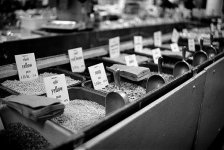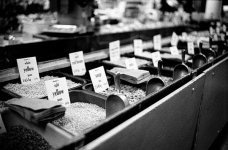.ken
I like pictures
Do you scan every roll you develop or do you just look thru to see which ones are "good" and scan those. I was watching a Winogrand video and it looks like he cuts up and only marks shots he likes and gets them enlarged, even then he doesn't really care much about the rest to "save" them somehow... they're maybe archived and never looked at again. Then of course, he had quite a few thousand rolls...



